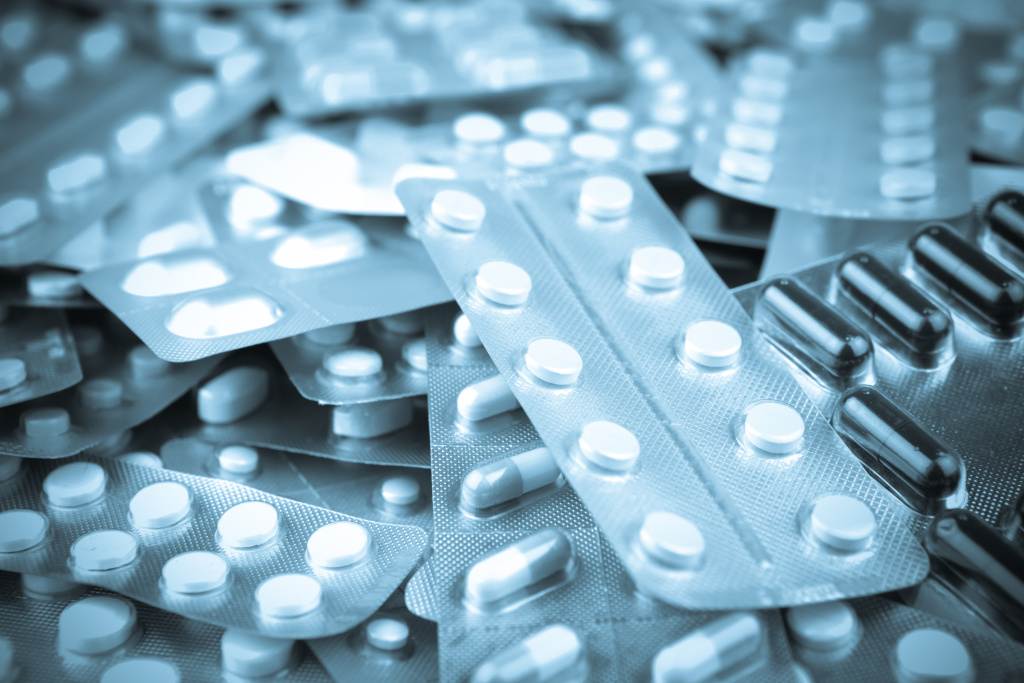When it comes to drug testing, legal prescription drugs blur the lines of right and wrong. In 2013, the Equal Employment Opportunity Commission (EEOC) fined an Ohio company $50,000 for firing an employee who tested positive for a prescribed medication for her bipolar disorder after having an adverse reaction to the drug. Similarly, a Tennessee employer faced fines of $750,000. The firm required employees testing positive for legal prescription medications to disclose the medical conditions for which they were treating.
Answer these questions as a precaution before inquiring about an employee’s prescription drug use.
Question 1: Can I legally drug test my employee for prescription drugs?
Employers with employees working in safety-sensitive positions are obligated to ensure their employees are not impaired while engaged at work. An employee holding a “safety-sensitive” position is responsible for his/her own safety or other people’s safety.
According to the Americans with Disabilities Act (ADA), whether an employer is permitted to test employees for prescription medications will hinge on whether the test is a “medical examination.” This is defined as a job-related drug test, consistent with business necessity.
Question 2: After a positive test, can I require employees to disclose medications?
The ADA recognizes the difference between a general requirement employees disclose a list of all prescription medications taken (which is illegal), versus a policy that only requires the disclosure of machine-restricted medications after a positive test.
When it comes to positive prescription drug tests, create measures designed to avoid gathering information about employees’ disabilities. This includes information like using a third party to collect the information regarding specific medications. Be consistent in your treatment of employees who test positive. Only disclose the results to those who need to know. Do not ask employees to disclose the underlying medical condition for which they are taking the medication.
When creating your drug-free workplace policy, forgo a blanket policy requiring employees to disclose prescription drug use for medical purposes. Use the United States Department of Labor’s Drug-Free Workplace Policy Builder to incorporate appropriate language regarding prescription and over-the-counter drug use by employees who perform jobs that directly affect public safety and health.

